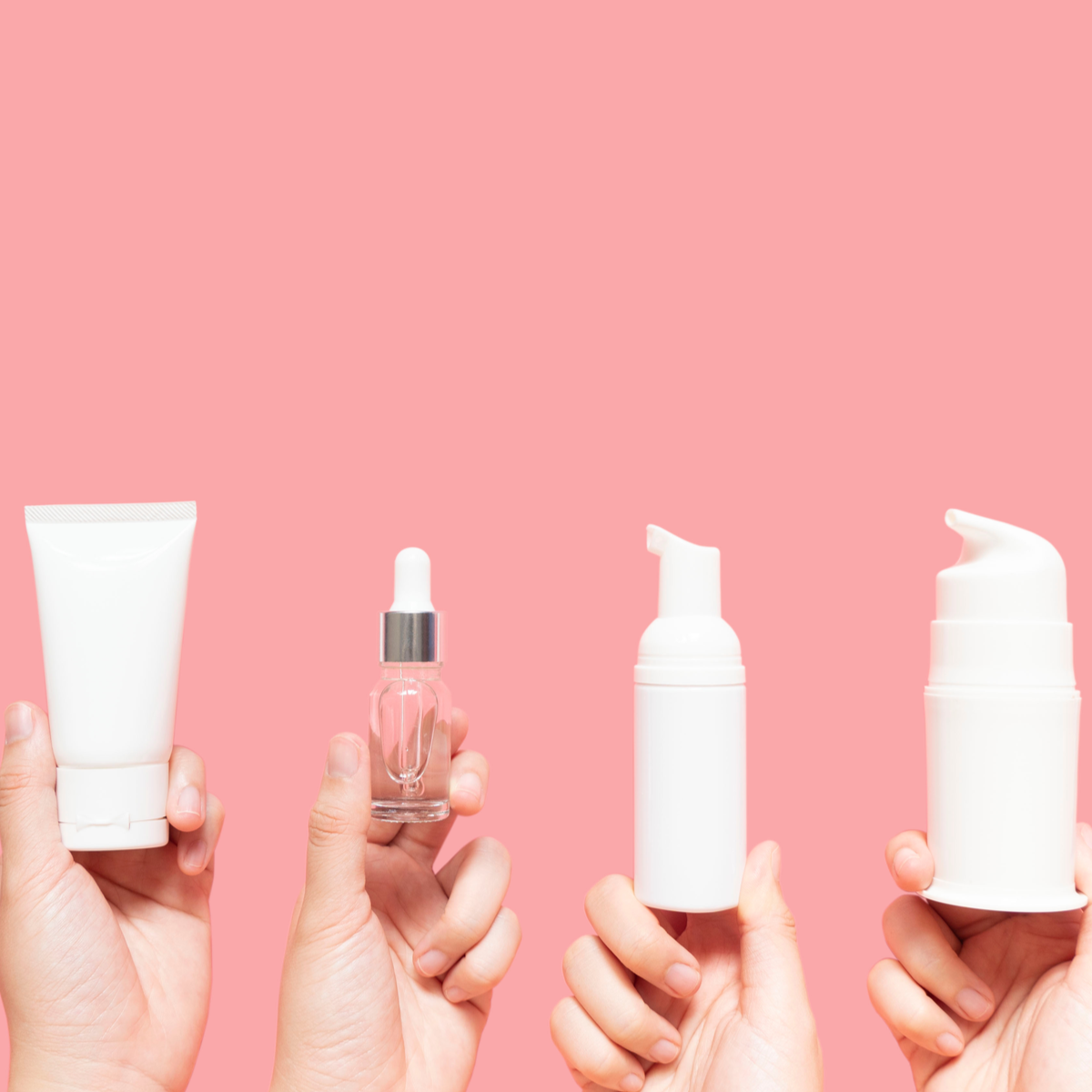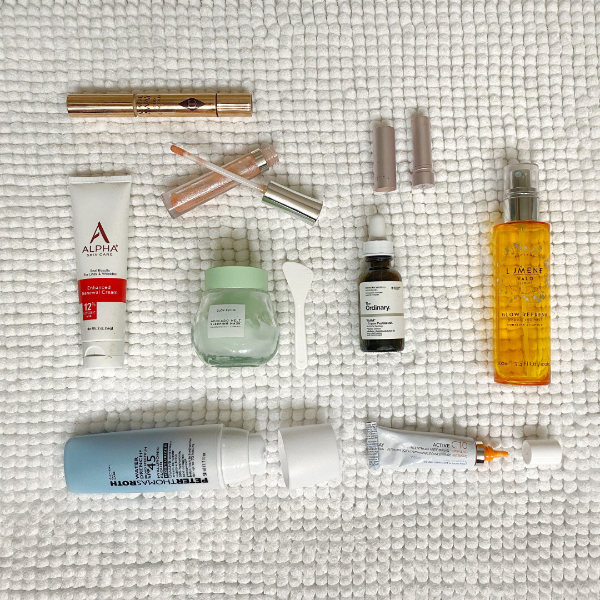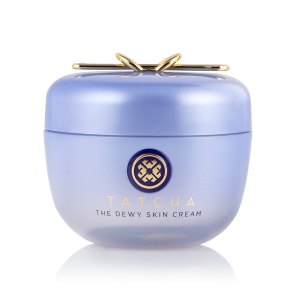
Design is not just what it looks like and feels like. Design is how it works.
Steve Jobs
It is easy to dismiss packaging and design as mere marketing ploys to move product. There’s certainly some truth to it.
But I’ve always been fascinated by packaging – what decisions are being made and by whom for what reason.
It started when I was in grade school and we had to create a package for an imaginary product. My product was “Garden Gum” with flower shaped pieces of gum that were pretty as well as fun to eat. My package considered ease of access, reuse, storage, display. I had product “images” (okay they were crayon renderings but I was just a little kid!), a bar code, net weight, manufacturer’s information…I came in second because I forgot ingredients.
Forgot is a stretch – it takes up a lot of room and my eight year old mind felt that the bar code was far more important. And my NOW brain has to ask why aren’t ingredient lists QR codes that we can scan and get the FULL list of ingredients in a readable format?
Despite my fascination with a well-designed package, it was only recently that I became discerning where it comes to the actual product. Is the design what’s best for the product?
Stick with me here….
Packaging Types

- Pots or Jars – These are often used for creams and moisturizers.
- Pro – easy access to product, easy to use all of the product.
- Con – potential high exposure to air and bacteria, no means to dispense product in a repeatable quantity.
- Tip – Look for jars that have scoops or spatulas with them or purchase one for use. Wash your hands and product spatula before /after every use.
- Spray Pump – These are used for liquids when an aerosolized application is desired.
- Pro – Easy to dispense consistent measure of product, easy to use all of the product
- Con – Not all sprayers are created equal, coverage of product can be inconsistent
- Tip – Look for online reviews of the sprayer to see if there are positive or negative reviews.
- Pump – These are used for thinner creams and products which are sensitive to oxidation (exposure to air).
- Pro – Easy to dispense consistent measure of product, minimizes opportunity for contamination/exposure.
- Con – Can be difficult to access all of the product depending on pump design and product viscosity (thickness).
- Tubes – These are used for a wide range of products that can easily be squeezed out of a package opening.
- Pro – Good general use package, minimizes opportunity for contamination/exposure.
- Con – Ease of use depends on the package opening and the product thickness. Tube material (metal or plastic) can alter ease of use as well. A lot of product is left behind in plastic containers. Tubes caps may not be ideal for traveling if they can open easily. Tubes that require wands to access the (think lipgloss) can introduce contaminants and bacteria into the product. Watch the expiration dates on these products!
- Tip – Cut plastic tubes in half when you can’t easily access product anymore. Usually I get another week’s use of product. Replace the cut part OVER the bottom half in between uses. Use toothpaste squeegies on metal tubes to get all of the product out.
- Droppers – These are used for liquids or products with low viscosity.
- Pro – These can help dispense a relatively standard amount of product.
- Con – Contamination risk is low if you don’t touch the dropper tip but oxidation is always factor with a dropper bottle.
- Tip – At the end of the bottle, forgo the dropper and just dispense the product into your hand. You will actually have a decent perspective of amount if you routinely put the dropper contents in your palm.
- Twist Up/Click Up Tubes – Historically these were usually reserved for lip products but now they pop up with other products like concealer .
- Pro – In the case of concealers, this eliminates contamination of the product in the tube. It is easy use most of the product.
- Con – The application end is always a source of bacteria and contamination. For lipgloss, the wand can contaminate the entire tube. For lipstick, the top portion where you apply it can transfer contaminates into the container. Sponge applicators attached to product dispensing on twist up or click up containers can introduce bacteria onto your skin every time you use them if they get dirty.
- Tip – Don’t share your lipgloss. Periodically wipe off the top of your lipstick with an alcohol pad to prolong its life or use a lip brush for application and wash that regularly. Wash the sponge applicator of your concealer or other product just like you do with make up brushes.
It can feel like a lot to navigate but it gets easier as you use products and evaluate how they are packaged.
If I have a product jar, I value both the inclusion of a spatula and give it a huge bonus if there is consideration for storing the spatula. The Tatcha packaging is a standout example of great design consideration. The spatula is integrated into the top bow design where it can be stored for easy use and access.

If I’m using a product that oxidizes (like our holy grail skincare product Vitamin C) then I’m a stickler for packaging to make sure I get as much life out of the product as possible.
Are you wondering, how is this left turn into packaging and design is related to youthful living and anti-aging? Curiosity keeps us young and learning new things keeps our brains active. Seeing things around us in a totally new light, even if it’s just product packaging, opens up the possibility for viewing our world through a new filter. What’s more youthful than that?!